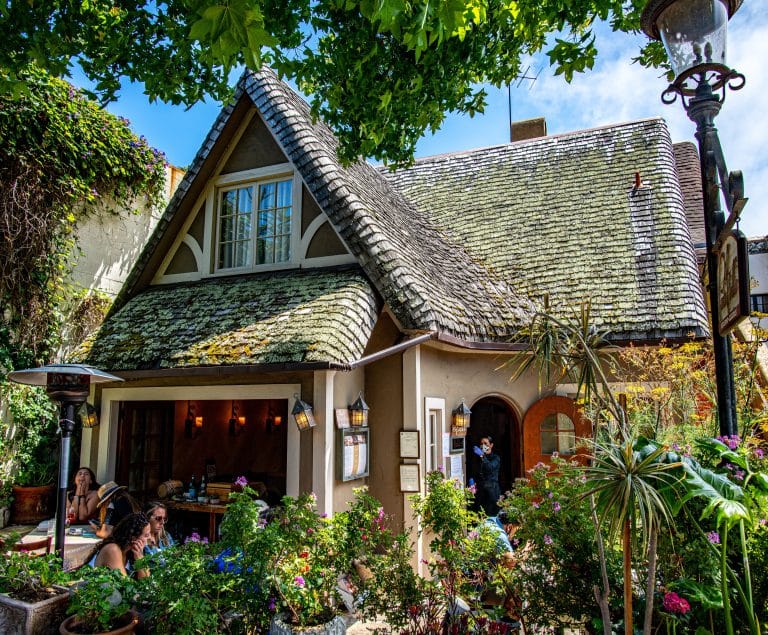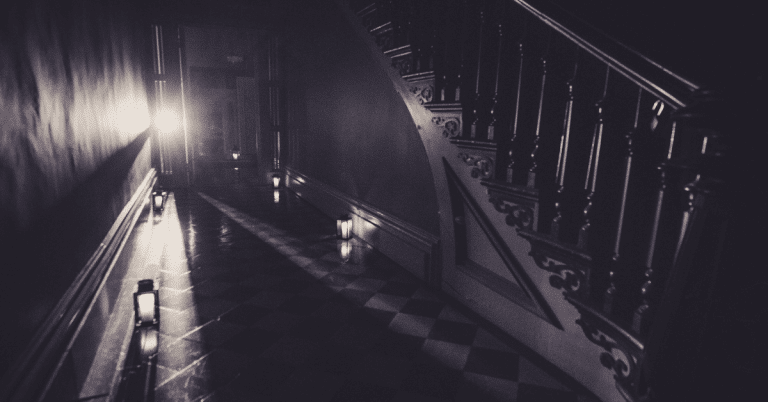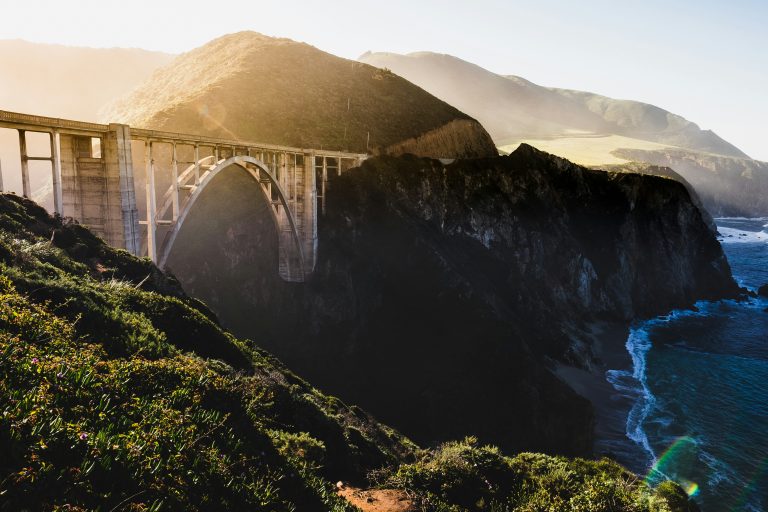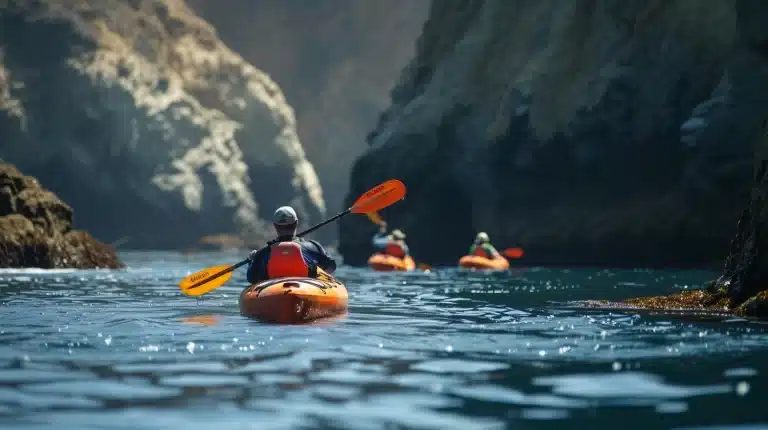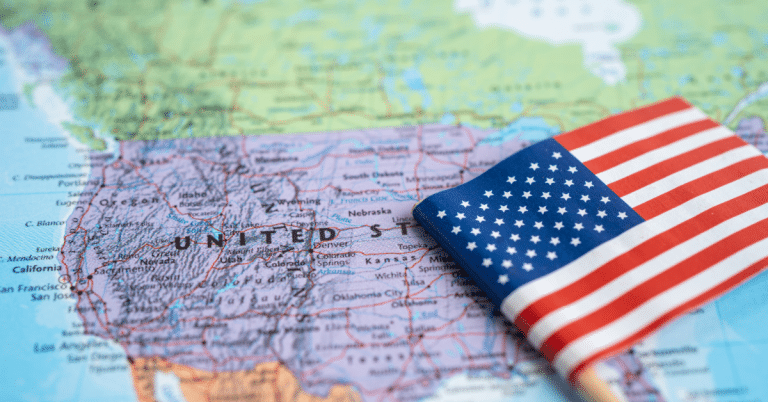What Is Big Sur? (Is It A National Park?)

Big Sur is a region on the Central Coast of California that stretches approximately 90 miles along California’s famous Highway 1 and is one of the best places to visit i California.
What Is Big Sur Known For?
Big Sur is famous for its rugged coastline, panoramic beaches, towering redwoods, and misty air that just adds to the magic.
It is known for its hiking trails, majestic McWay Falls (an 80-foot waterfall that plunges directly into the Pacific), the iconic Bixby Bridge (known for its stunning architecture and views), picturesque camping, incredible glamping options, and a variety of other things to do.
Where Does Big Sur Start And End?
It doesn’t have official boundaries and exact start and end points. But generally it starts around the town of Carmel-by-the-Sea to the north and ends south to San Simeon.
To Give You A Better Idea Of Big Sur’s Location:
Northern Boundary – Carmel-by-the-Sea
This charming town marks the northern gateway to Big Sur. It’s known for its artistic community, beautiful beaches, and historic Spanish mission. From Carmel, as you head south on Highway 1, you begin to enter the Big Sur region.
Southern Boundary – San Simeon
On the southern end, San Simeon is often considered the endpoint of Big Sur. It’s famous for the Hearst Castle, an opulent historic estate built by newspaper magnate William Randolph Hearst. South of San Simeon, the character of the coastline begins to change, transitioning away from the dramatic cliffs and redwood forests typical of Big Sur.
Big Sur Is Not A National Park
Big Sur itself does not contain any national parks within its commonly recognized boundaries.
A significant portion of the Big Sur region falls within the boundaries of Los Padres National Forest. This means that while Big Sur itself doesn’t contain a national park, it is partially covered by a national forest
And it is home to several state parks and protected areas that offer many of the natural attractions and outdoor activities people often associate with national parks.
Notable State Parks In The Big Sur Area
- Pfeiffer Big Sur State Park. Known for its redwood groves, hiking trails, and the Big Sur River, this state park is a popular spot for camping and hiking.
- Julia Pfeiffer Burns State Park. This park is famous for McWay Falls, an 80-foot waterfall that flows directly into the Pacific Ocean, and for its stunning views of the coast.
- Limekiln State Park. Offers a mix of coastal and forested areas, with trails leading to historic limekilns, a beautiful beach, and spectacular waterfalls.
- Andrew Molera State Park. A larger state park known for its trails that offer diverse scenery, including beaches, cliffs, and redwood forests.
- Garrapata State Park. Features both beach and coastal hiking trails, with stunning views and opportunities for wildlife viewing.
What Does “Sur” Mean In Big Sur?
The term “Sur” in “Big Sur” is derived from the Spanish word for “south.” Historically, the area was known to early Spanish explorers as “el país grande del sur,” meaning “the big country of the south,” often shortened to “el sur grande” or “the big south.”
Big Sur History Timeline
Before the 1700s: Native Lands Before the 1700s, Big Sur was home to the Esselen, Salinan, and Ohlone tribes. They lived in small groups and used everything nature offered for their living, like food, shelter, and tools.
18th Century: Spanish Exploration Jump to the 18th century, when Spanish explorers started showing up. In 1542, Juan Rodríguez Cabrillo cruised by the California coast but probably didn’t stop at Big Sur. Then, in 1769, the Portolá expedition was the first European group to actually record seeing Big Sur. During this time, the Spanish set up missions in California, which really changed things for the native people living near Big Sur, like at Mission San Antonio de Padua and Mission Carmel.
19th Century: Mexican Land Grants and American Settlers In the 19th century, Mexico got its independence from Spain, making Big Sur part of Mexico for a while. They gave out land grants, but Big Sur was so wild and rugged, not many people moved there. When the U.S. won the Mexican-American War in 1848, California, including Big Sur, became part of the U.S. Later on, American settlers came looking for land, encouraged by the Homestead Act, and started ranching, farming, and logging.
Early 20th Century: Building Highways Fast forward to the early 20th century, when they decided to build Highway 1 during the 1930s. By 1937, the highway was done, making it way easier for people to visit Big Sur, boosting tourism and making the area well-known far and wide.
Mid to Late 20th Century: Conservation and Culture From the 1960s and 70s, Big Sur turned into a hotspot for the counterculture movement, drawing in artists, writers, and musicians who were all about its beauty and solitude. In 1962, Point Lobos State Natural Reserve was set up to protect the stunning coastline. Over the next few decades, more efforts were made to keep Big Sur’s environment safe from too much development, with new state parks and protected areas.
1980s-Present: Ongoing Conservation Since the 1980s, there’s been a big push to keep Big Sur beautiful and natural, with a focus on conservation and responsible tourism. Today, Big Sur is known all over as a stunning piece of the California coast, a place where people go to enjoy nature, outdoor activities, and see how efforts to preserve the land have paid off.
Getting To Big Sur
The main route through Big Sur is Highway 1 (Pacific Coast Highway), known for its winding roads and spectacular ocean views. However, is prone to closures due to landslides or maintenance, particularly in winter and spring. Always check the current road closures.
For those flying in from farther away, selecting the right airport can significantly impact your travel plans, from convenience to car rental options. Choose one of these closest airports to Big Sur to make your journey smoother.
Tips For Visiting Big Sur
Where To Stay
Accommodations in and around Big Sur can range from spectacular aibnbs, hotels to glamping spots.
Because options are limited and demand can be high, especially during peak travel seasons, it’s wise to book your stay well in advance. Also, make sure to ask about their pet policies and emotional support animal letter requirements if you are planning to visit Big Sur with an ESA dog.
Also read: I Stayed At Ventana Campground In Big Sur & Left With More Than Just Memories
Respect Nature
Help preserve its beauty by staying on designated trails, packing out all trash, and observing wildlife from a distance.
Be Prepared For Any Weather
The weather in Big Sur can be unpredictable, with foggy mornings, sunny afternoons, and cool evenings. Dress in layers and bring rain jacket.
Prepare To Be Off The Grid
Cell service and internet connectivity are limited in Big Sur, which can be a perfect opportunity to disconnect.
